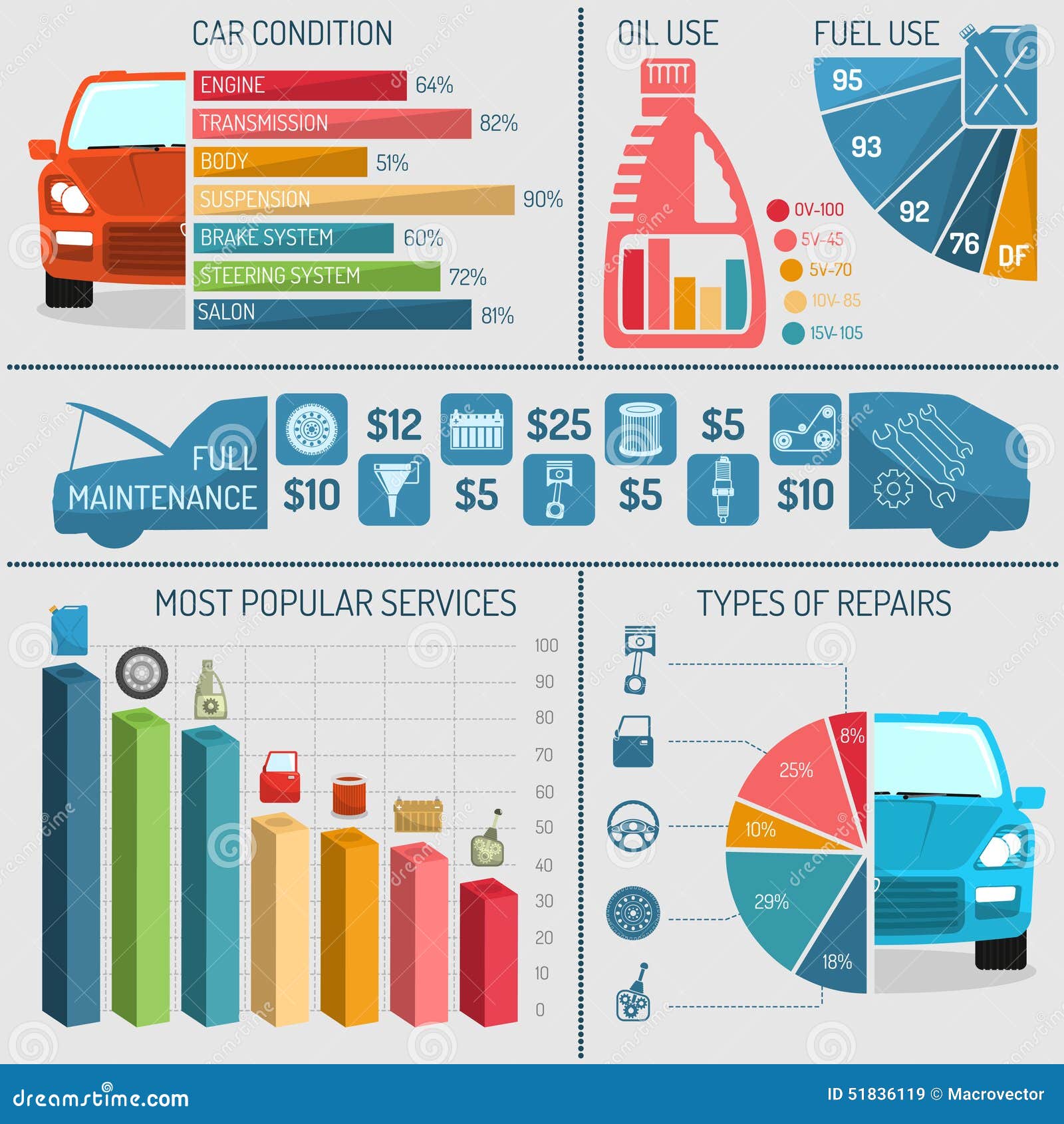Understanding The Definition Behind Your Car'S Warning Lighting: A Thorough Appearance
Understanding The Definition Behind Your Car'S Warning Lighting: A Thorough Appearance
Blog Article
Material Writer-Boye Stark
When you lag the wheel, those radiant caution lights on your dashboard can be a bit perplexing. Do you understand what they're trying to tell you regarding your automobile's health and wellness? Understanding the value of these lights is important for your safety and the longevity of your car. So, the following time one of those lights appears, wouldn't you intend to decipher its message accurately and take the essential actions to address it?
Common Warning Lighting and Interpretations
Determine usual caution lights in your vehicle and understand their significances to guarantee secure driving.
The most normal caution lights include the check engine light, which signifies concerns with the engine or exhausts system. If this light comes on, it's critical to have your automobile inspected quickly.
The oil pressure advising light shows low oil pressure, calling for prompt focus to stop engine damages.
A flashing battery light might recommend a damaged charging system, potentially leaving you stranded otherwise dealt with.
The tire pressure monitoring system (TPMS) light signals you to low tire pressure, affecting vehicle security and gas effectiveness. Disregarding this might result in unsafe driving problems.
The abdominal muscle light suggests a trouble with the anti-lock stopping system, compromising your capacity to quit quickly in emergency situations.
Last but not least, the coolant temperature cautioning light warns of engine getting too hot, which can lead to severe damage otherwise resolved swiftly.
Comprehending these usual caution lights will certainly assist you address issues promptly and maintain risk-free driving conditions.
Significance of Prompt Interest
Understanding the typical caution lights in your vehicle is only the very first step; the relevance of without delay resolving these warnings can not be emphasized sufficient to guarantee your safety on the road.
When a warning light brightens on your dashboard, it's your auto's way of connecting a prospective concern that needs focus. Ignoring these cautions can result in much more extreme issues down the road, endangering your safety and security and potentially costing you much more in repairs.
Prompt attention to alerting lights can prevent failures and mishaps. For example, a flashing check engine light might suggest a misfire that, if left unattended, might create damage to the catalytic converter. Addressing this immediately can save you from an expensive repair.
In infamousdetailing , a brake system advising light might signify low brake fluid or used brake pads, crucial components for your safety and security when driving.
Do It Yourself Troubleshooting Tips
If you discover a caution light on your dashboard, there are a few do it yourself fixing tips you can attempt prior to looking for specialist assistance.
The very first step is to consult your auto's manual to recognize what the details caution light shows. Often the concern can be as basic as a loosened gas cap activating the check engine light. Tightening https://brake-pads-near-me38382.win-blog.com/11486426/explore-the-world-of-expert-auto-outlining-through-special-viewpoints-shared-by-a-skilled-specialist may resolve the trouble.
Another common issue is a reduced battery, which can activate numerous alerting lights. Examining https://www.thestate.com/news/local/article262799643.html for corrosion and ensuring they're secure may deal with the trouble.
If a warning light persists, you can try resetting it by separating the car's battery for a few minutes and then reconnecting it. In addition, checking your vehicle's liquid levels, such as oil, coolant, and brake liquid, can aid repair alerting lights related to these systems.
Final thought
To conclude, comprehending your auto's warning lights is necessary for keeping your car running smoothly and securely. By without delay resolving these alerts and understanding what they suggest, you can stay clear of pricey repairs and potential breakdowns.
Bear in mind to consult your auto's manual for specific details on each cautioning light and take action as necessary to make certain a hassle-free driving experience.
Keep informed, stay risk-free on the road!
